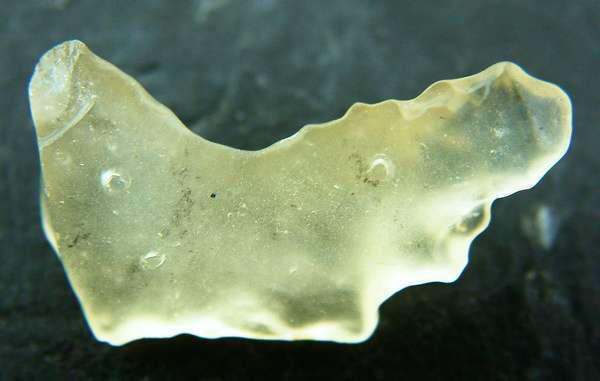Libyan Desert Glass Tektite is found in the Sahara desert in Libya and Egypt. It is of a similar constitution as of other tektites such as Moldavite and found in areas where meteorites exist. Libyan Glass has been highly revered over time as sacred by the ancient Egyptians who used it in ceremonial pieces to connect to the stars and stellar origins. Energetically speaking it therefore still carries this innate metaphysical characteristic...and not only enables one to connect to the Egyptian knowledge of the stars but also to Galactic and Stellar wisdom! Libyan Glass is identified by its light glassy, smooth and pitted appearance but whereas Moldavite exhibits a green colour Libyan Glass is a gold/yellow hue. It carries with it powerful solar energy which when used at the solar plexus or carried on ones person can aid one in strengthening ones core at a level of willpower and manifestation. It boosts ones confidence when there are feelings of insecurity and inadequacy present and it helps one to move beyond personal fears which can hold one back in life! In meditation it opens and connects one to the Akashic record which if one is at a cross roads in life can be supportive in finding a positive direction to ones purpose! Like all tektites...Libyan glass offers a protective energy to those who use or wear it. In particular because of its connection with solar activity it is wonderful at protecting one from emotional parasitic energy and power abuse...it is perfect when one needs to establish and maintain good boundaries! It is a true ally and a gift from out of the cosmos to harness ones personal power and self reliance through birthing ones positive personal aspects into the world through Divine Will.
Specimens of this beautiful stone can be viewed and purchased on our website www.littlegemsrockshop.CO.UK - please use the search facility OR THE FOLLOWING LINK
Danny Hickling
